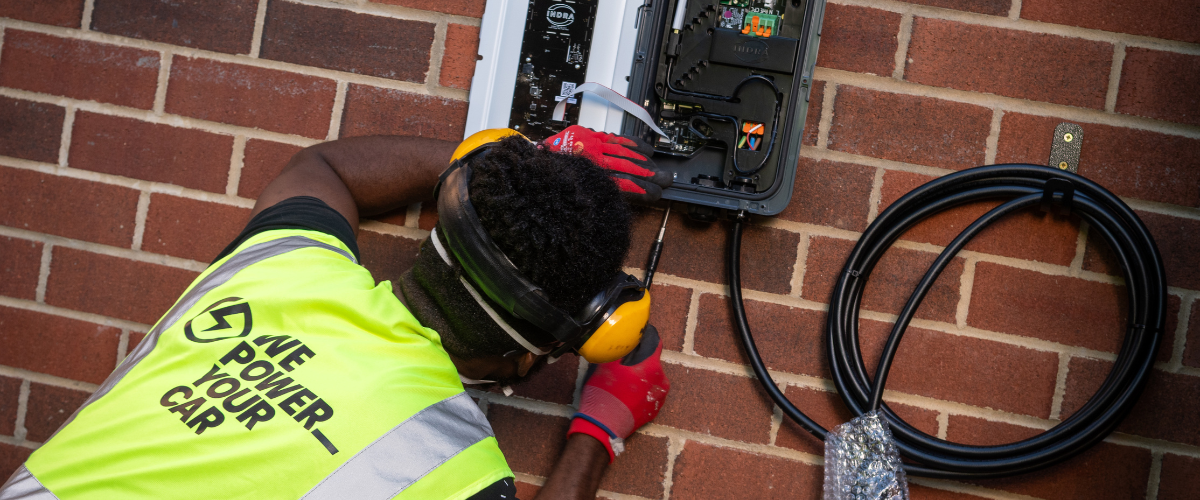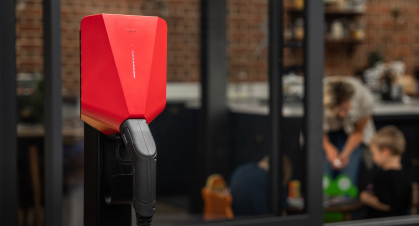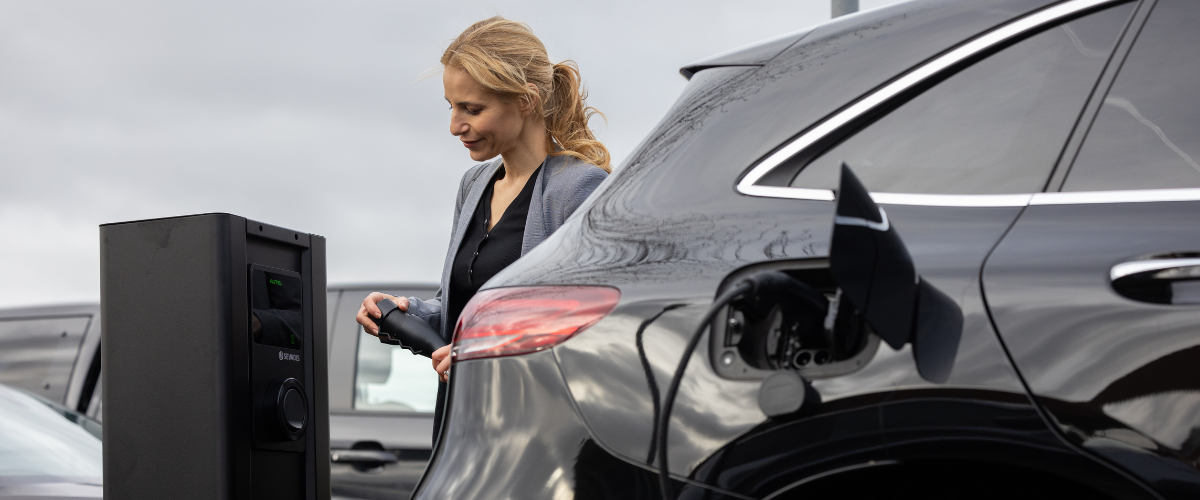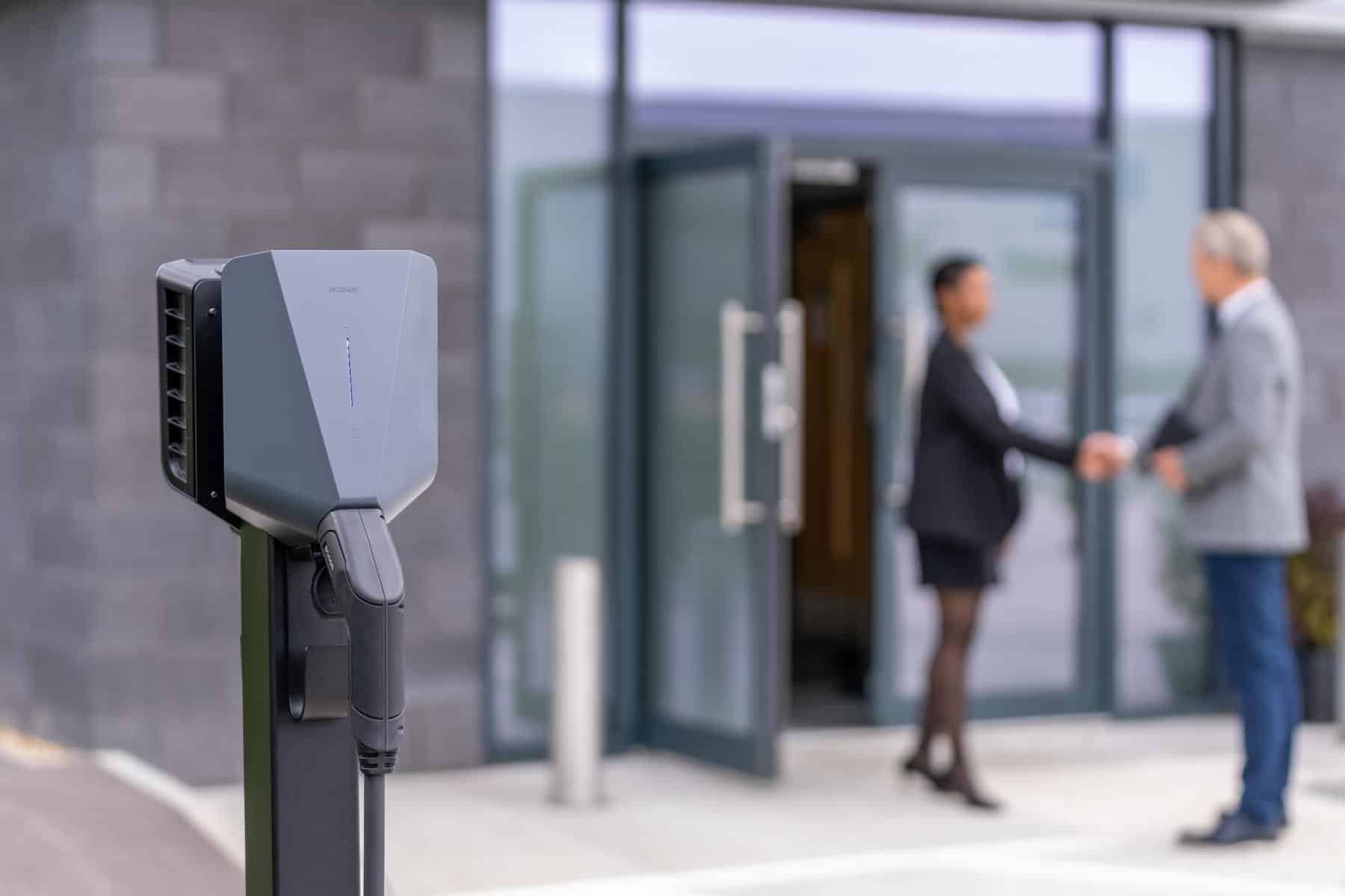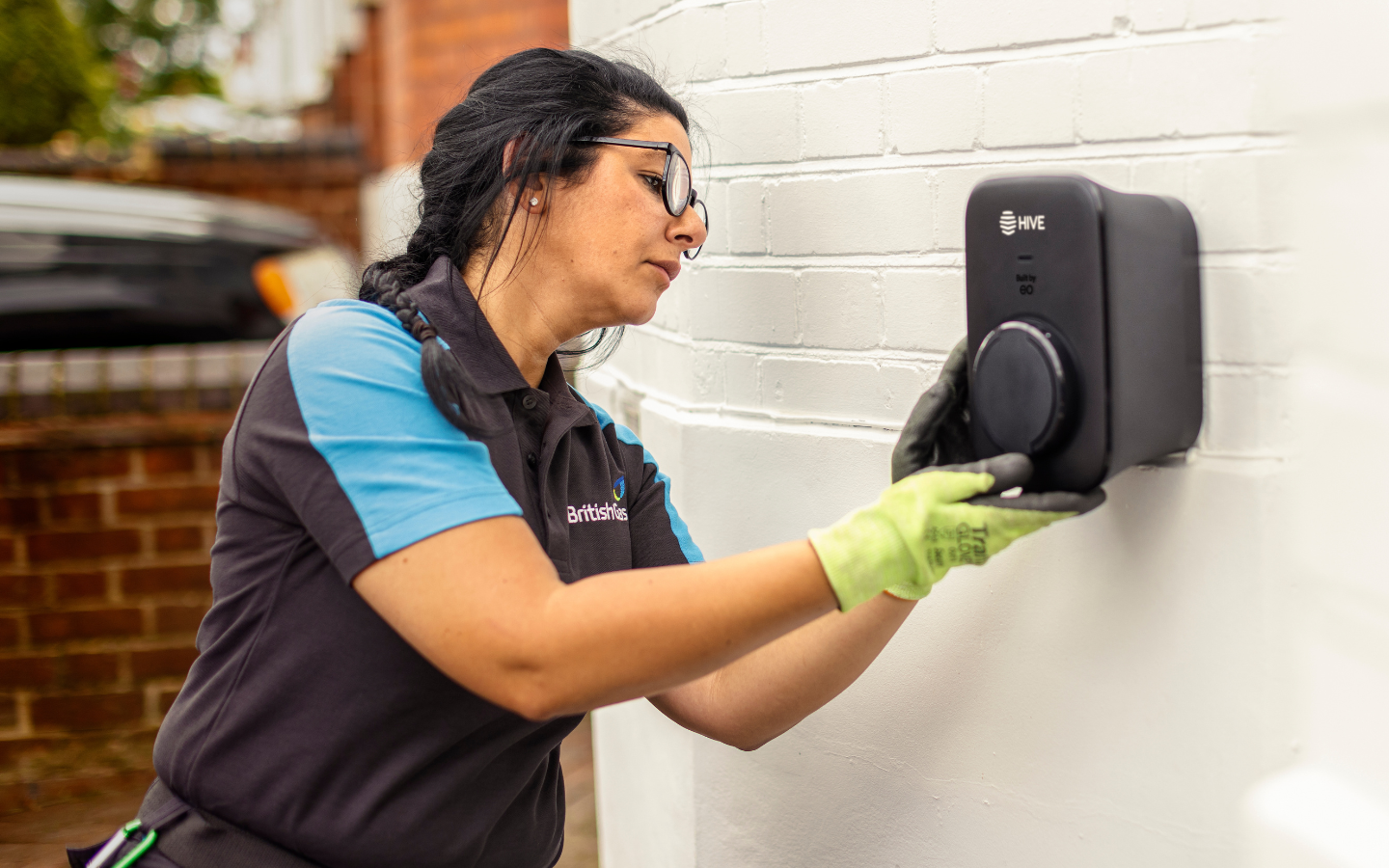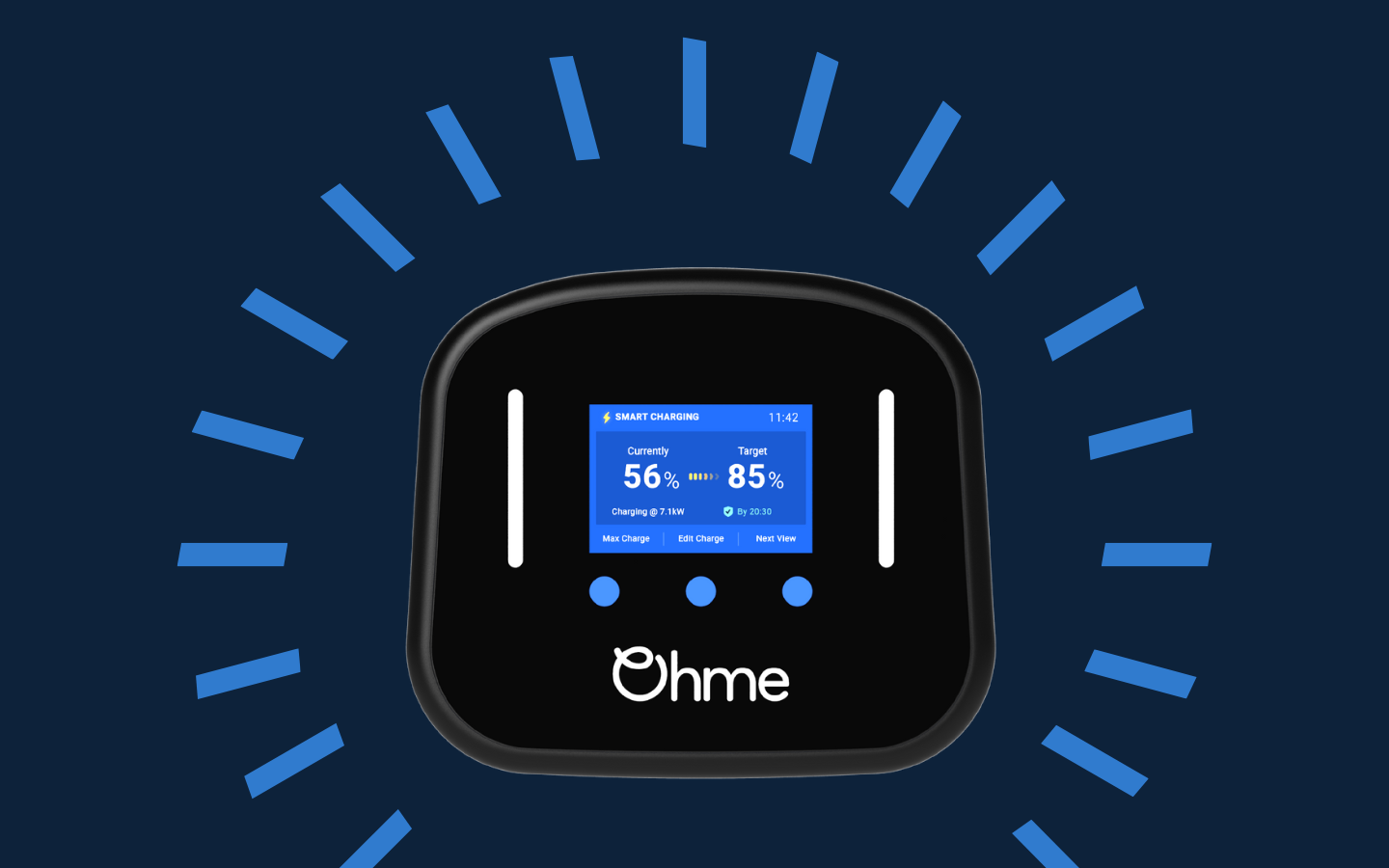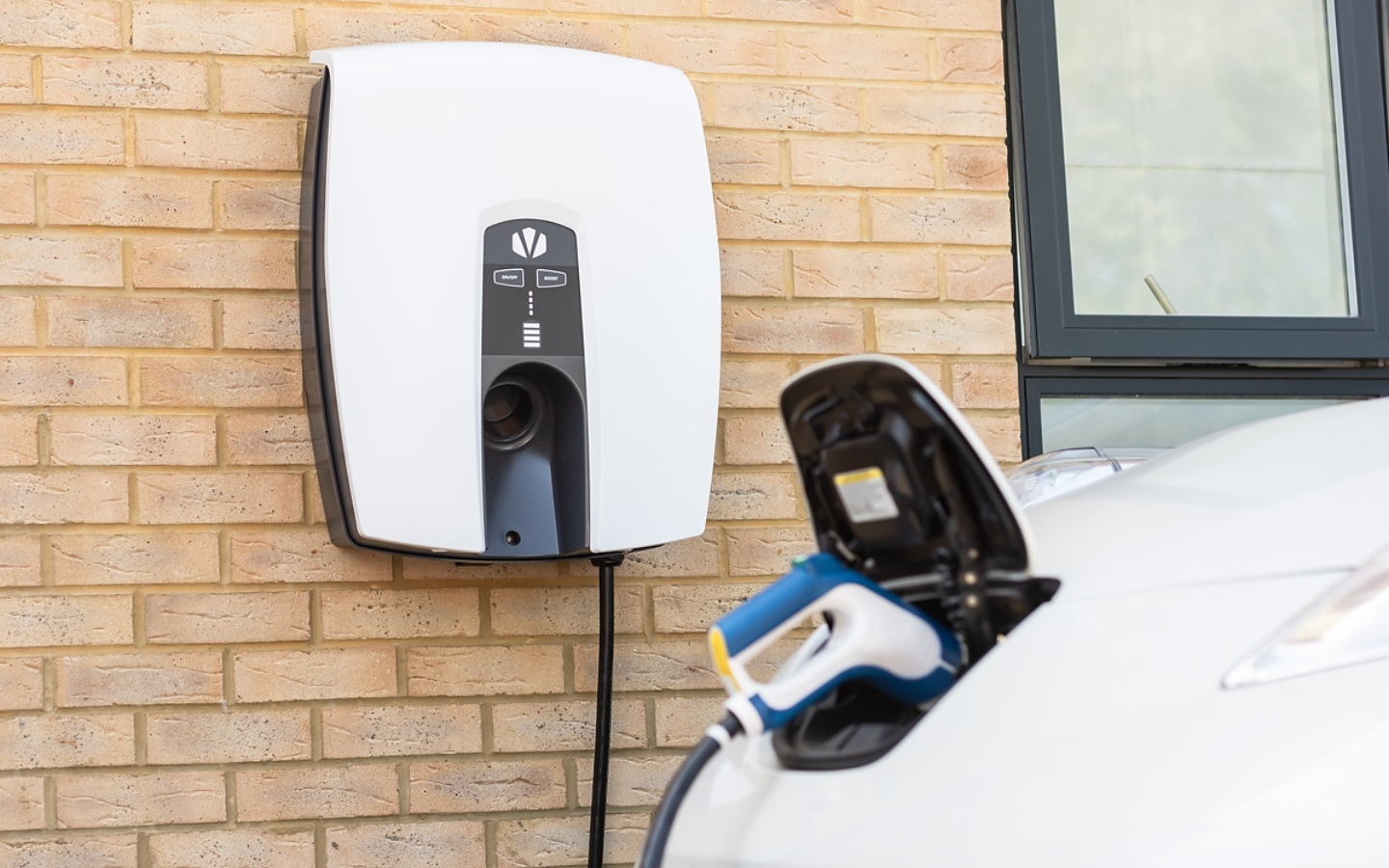

The Public Charge Point Regulations
One of the biggest reasons many drivers cite for not switching to electric vehicles (EVs) is concerns about the public charging networks. Many of these concerns are perceptions pushed by traditional media, social media, and vested interests to delay the inevitable change to newer, superior technology.
However, some are valid.
For example, you will often read that there aren’t enough chargers, but there are, in fact, 86,798 electric vehicle charging points across the UK in 44,142 locations. In shocking contrast, there are only 8,353 petrol stations in the UK… but we’ve never read in the press that there is a lack of petrol pumps.
Remember, this is only public charging statistics, too. Barely any businesses or homes have personal petrol pumps, compared to the many homes and workplaces that have chargers installed for their private usage.
With this all in mind, there are likely nearly a million EV chargers in the UK.
That said, early adopters feel frustrated and anxious by the number of faulty chargers and the lack of easy payment options. These are valid concerns that the industry must address to convince most drivers to invest in electric vehicles.
This is where the Public Charge Point Regulations 2023 come into play.
In this guide, we explore the public charge point regulations in depth.
The Public Charge Point Regulations 2023
Overall, the government introduced the new Public Charge Point Regulations 2023 to improve the consumer experience in key areas:
- Consumers can easily locate the right public charge point to fit their needs.
- Ease of payment across public charge points, including contactless payment for public charging.
- Consumers can be confident that public charge points will be in good working order.
- Consumers can compare prices across multiple public charge point networks.
For most of the points in the legislation, Charge Point Operators (CPOs) were given 12 months to comply. So next month, November 2024, the Public Charge Point Regulations will come into full effect – except for one section.

What is in place already?
Visible Pricing
One of the key requirements of the new EV charging regulations in 2023 is the clear display of pricing. This ensures the pence per kilowatt hour (p/kWh) cost, including any connection fees, is easily visible to consumers at the charge point or on the payment terminal. In turn, price transparency and the overall experience for EV drivers will take a boost.
This came into effect straight away and has been in place for 12 months already. Although, we are not aware of any instances of penalties for non-compliance.
What won’t be coming into play in the November update?
Right to Roam
The Public Charge Point Regulations 2023 guidance allows CPOs another 12 months to fully implement roaming, enabling users to access charging networks through a single app or provider like EV open charge systems. Although roaming isn’t mandatory yet, many networks are already partnering with platforms like Octopus Electroverse or Plugsurfing to make charging more convenient.
Roaming is seen as the way around one of the biggest frustrations of early adopters, which was the sheer volume of apps or RFID cards you needed. To some extent, the requirement for contactless payments, which we’ll look at later, and the coverage of some of the largest networks meant this was already becoming less of a problem than in the early days.
The new regulation doesn’t require a network to allow its charge points to appear on every app, though; it only specifies at least one roaming provider but recommends it as good practice to appear in multiple roaming apps or, ideally, everywhere. It may come down to the CPO’s desire to own the customer relationship versus the increased utilisation wider visibility can bring.
What’s coming into effect in November 2024?
Contactless Payments
A significant change coming with the electric vehicle charging regulations in the UK is the requirement for contactless payments. All new chargers over 8kW must offer contactless payments either on-site or on the charger itself. This feature, which aligns with the open charge point protocol (OCPP), offers flexibility while maintaining other payment methods like apps or RFID cards.
Legacy charging sites had one year to comply with the legislation if they were public, but some charge point operators might be holding back some older sites so they can get a year to upgrade them.

99% Reliability
Often, you’ll hear that charging anxiety has replaced range anxiety – the fear that when you get to a charger or charging hub, many or all of the chargers are out of order. This has plagued some of the pioneer networks, such as the pre-Gridserve takeover of the Electric Highway or the old Chargemaster Polar network. Still, lessons were learnt, and the newer chargers are much more reliable, so this may be more of a perception problem rather than an actual one.
To address concerns about charger reliability, the regulations set a 99% uptime requirement for rapid chargers (50kW and above). Charge Point Operators (CPOs) must publish their reliability data, fostering greater transparency and trust in the public charging network. This aspect of the Public Charge Point Regulations 2023 aims to reduce said “charging anxiety” and ensure EV drivers feel confident that chargers will be functional when needed.
Helpline
Another consumer-friendly regulation is the requirement for a 24/7 telephone helpline for public charge points, manned by real people, not automated systems. This will be a game-changer for drivers facing issues at a charging station, offering immediate assistance.

Penalties for Non-Compliance
The new EV charge point regulations 2023 are legally binding. The Office for Product Safety and Standards (OPSS) can issue penalties ranging from £10,000 to £250,000 for non-compliance. This enforcement mechanism ensures that CPOs take the regulations seriously and make the necessary improvements.
What’s still missing?
The regulations address many of the issues that come up repeatedly and will make owning, operating, and driving an EV a better experience. What’s more, Charge Point Operators will have clear standards to adhere to and penalties if they fail to do so.
However, while the Public Charge Point Regulations 2023 tackle many key issues, some areas remain unaddressed, such as the pre-authorisation charges, accessibility, and safety at charge locations, as highlighted by Kate Tyrrel’s Chargesafe campaign. And what about the huge numbers of legacy 7kW chargers out there on the network that it’s deemed uneconomic to upgrade with a contactless payment terminal? Or the fast chargers (i.e. 7kW to 40+kW) that aren’t covered by the reliability mandate?
Although not in the scope of these regulations, there is definitely one key issue about charging on the public charging networks that might be holding back some potential EV drivers who don’t have access to home charging: VAT.
The VAT discrepancy between public and home charging rates—20% for public charging versus 5% at home—remains a barrier, particularly for those without home charging options. Many believe this is unfair and penalises those without off-street parking, as former Top Gear presenter Quentin Wilson’s Faircharge have vigorously highlighted to the government.
To sum up
You’ll often hear politicians claiming that the UK is world-leading at this or that, and at the risk of sounding like them, in the case of our EV charging regulations, we really have led the way. Many countries, including the Scandinavian nations that are considered the most progressive when it comes to the adoption of electric vehicles, have looked to our domestic Smart Charging Regulations as a framework for their own rules.
We know this mechanism in the domestic charging market has delivered higher standards, consistency and cutting-edge tech to help balance the grid by encouraging the shift to off-peak charging. Now, the new Public Charge Point Regulations have their teeth. This could be another leap forward that delivers greater consumer confidence.
It’ll be interesting to monitor results via the annual Zap Map Charging Insights Report to see how quickly the changes are noted by drivers. There is still work to do, though. Perhaps the next iteration of this legislation will address some of the remaining issues highlighted above, but for the time being, we should all welcome the development of these regulations, which will form an important foundation for a better customer experience as the public charging market matures.
Interested in a charging solution?
Whether you want to install rapid charge points in public car parks, upgrade existing charge points, or simply install smart charging points at home, work or other – We Power Your Car are the experts.
With a variety of AC and DC chargers, card payment options and more, we can ensure your installation is compliant with the new Public Charge Point Regulations. What’s more, we have DBS-checked, accredited, and experienced installers across the UK, for nationwide coverage.
